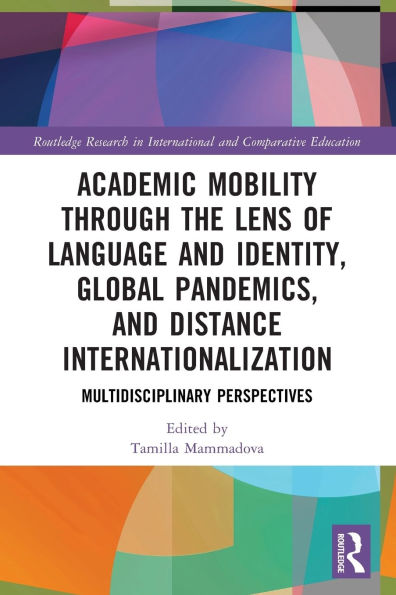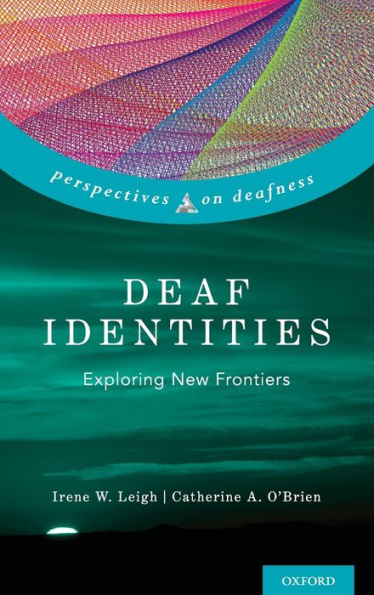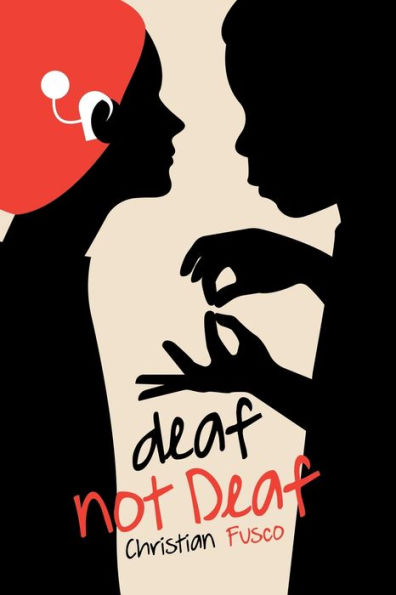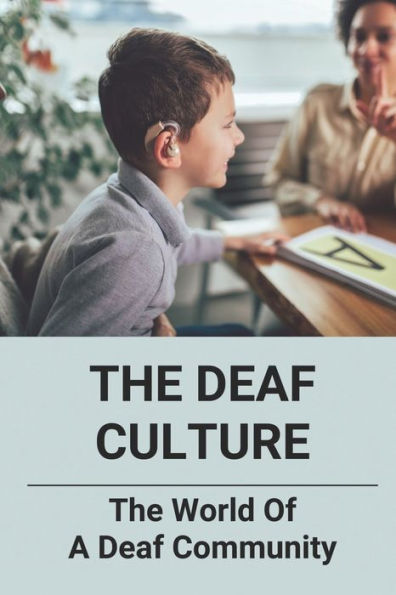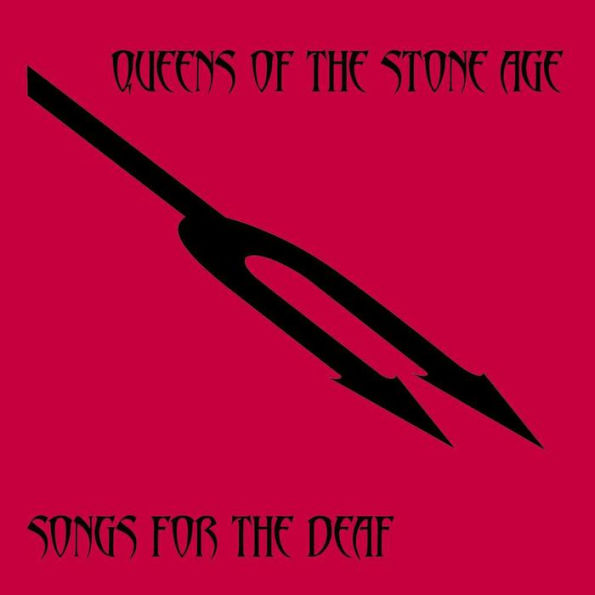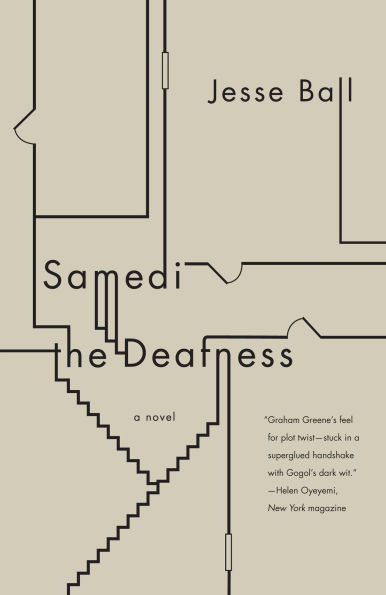Home
A Lens on Deaf Identities
Barnes and Noble
Loading Inventory...
A Lens on Deaf Identities
Current price: $86.00

Barnes and Noble
A Lens on Deaf Identities
Current price: $86.00
Loading Inventory...
Size: OS
*Product information may vary - to confirm product availability, pricing, shipping and return information please contact Barnes and Noble
Deaf and hard-of-hearing individuals develop their identities within environments that convey and reinforce preconceived assumptions of disability and of deafness, thereby encouraging particular ways of accommodating individuals' hearing status. These assumptions ultimately influence the evolution of their identities and in turn their psychological well-being. This notion is particularly important within societies that frame deaf or hard-of-hearing persons as living in a "prison of silence" (a metaphor the media uses frequently when extolling the virtues of cochlear implants) or which view them in one-dimensional perspectives rather than recognizing that there are many ways to be deaf or hard-of-hearing.
Many factors, some ever-present and some that have emerged in recent years, impact the unique identities of deaf and hard-of-hearing individuals today. These factors, which are explored in
A Lens on Deaf Identities
, include explanatory paradigms that frame how deaf and hard-of-hearing people are understood within the context of disability and sociolinguistics; the relatively recent formal recognition of a Deaf culture and the emergence of bicultural frames of reference; the appearance of deaf identity theories in the psychological literature; the influence of families and schools, historical and social contexts; the acknowledgement of diversity in this population; and the technology that affects the identity of deaf people in potentially unexpected ways (e.g., cochlear implants as bionic ears, telecommunications that bring deaf people together with each other as well as with hearing people, and advances in genetics with implications for parental decision-making about hearing status and the acceptability of hearing differences). This book uses personal experiences, theoretical formulations, and research data to examine interfaces within and between each of these areas and how the tensions emerging at these junctures influence deaf and hard-of-hearing identity formation in complex, multifaceted ways that defy pervasive stereotypes of deaf and hard-of-hearing persons.
will appeal to students and professional researchers in deaf studies and deaf education, as well as those interested in identity formation in the presence of "disability".
Many factors, some ever-present and some that have emerged in recent years, impact the unique identities of deaf and hard-of-hearing individuals today. These factors, which are explored in
A Lens on Deaf Identities
, include explanatory paradigms that frame how deaf and hard-of-hearing people are understood within the context of disability and sociolinguistics; the relatively recent formal recognition of a Deaf culture and the emergence of bicultural frames of reference; the appearance of deaf identity theories in the psychological literature; the influence of families and schools, historical and social contexts; the acknowledgement of diversity in this population; and the technology that affects the identity of deaf people in potentially unexpected ways (e.g., cochlear implants as bionic ears, telecommunications that bring deaf people together with each other as well as with hearing people, and advances in genetics with implications for parental decision-making about hearing status and the acceptability of hearing differences). This book uses personal experiences, theoretical formulations, and research data to examine interfaces within and between each of these areas and how the tensions emerging at these junctures influence deaf and hard-of-hearing identity formation in complex, multifaceted ways that defy pervasive stereotypes of deaf and hard-of-hearing persons.
will appeal to students and professional researchers in deaf studies and deaf education, as well as those interested in identity formation in the presence of "disability".
Deaf and hard-of-hearing individuals develop their identities within environments that convey and reinforce preconceived assumptions of disability and of deafness, thereby encouraging particular ways of accommodating individuals' hearing status. These assumptions ultimately influence the evolution of their identities and in turn their psychological well-being. This notion is particularly important within societies that frame deaf or hard-of-hearing persons as living in a "prison of silence" (a metaphor the media uses frequently when extolling the virtues of cochlear implants) or which view them in one-dimensional perspectives rather than recognizing that there are many ways to be deaf or hard-of-hearing.
Many factors, some ever-present and some that have emerged in recent years, impact the unique identities of deaf and hard-of-hearing individuals today. These factors, which are explored in
A Lens on Deaf Identities
, include explanatory paradigms that frame how deaf and hard-of-hearing people are understood within the context of disability and sociolinguistics; the relatively recent formal recognition of a Deaf culture and the emergence of bicultural frames of reference; the appearance of deaf identity theories in the psychological literature; the influence of families and schools, historical and social contexts; the acknowledgement of diversity in this population; and the technology that affects the identity of deaf people in potentially unexpected ways (e.g., cochlear implants as bionic ears, telecommunications that bring deaf people together with each other as well as with hearing people, and advances in genetics with implications for parental decision-making about hearing status and the acceptability of hearing differences). This book uses personal experiences, theoretical formulations, and research data to examine interfaces within and between each of these areas and how the tensions emerging at these junctures influence deaf and hard-of-hearing identity formation in complex, multifaceted ways that defy pervasive stereotypes of deaf and hard-of-hearing persons.
will appeal to students and professional researchers in deaf studies and deaf education, as well as those interested in identity formation in the presence of "disability".
Many factors, some ever-present and some that have emerged in recent years, impact the unique identities of deaf and hard-of-hearing individuals today. These factors, which are explored in
A Lens on Deaf Identities
, include explanatory paradigms that frame how deaf and hard-of-hearing people are understood within the context of disability and sociolinguistics; the relatively recent formal recognition of a Deaf culture and the emergence of bicultural frames of reference; the appearance of deaf identity theories in the psychological literature; the influence of families and schools, historical and social contexts; the acknowledgement of diversity in this population; and the technology that affects the identity of deaf people in potentially unexpected ways (e.g., cochlear implants as bionic ears, telecommunications that bring deaf people together with each other as well as with hearing people, and advances in genetics with implications for parental decision-making about hearing status and the acceptability of hearing differences). This book uses personal experiences, theoretical formulations, and research data to examine interfaces within and between each of these areas and how the tensions emerging at these junctures influence deaf and hard-of-hearing identity formation in complex, multifaceted ways that defy pervasive stereotypes of deaf and hard-of-hearing persons.
will appeal to students and professional researchers in deaf studies and deaf education, as well as those interested in identity formation in the presence of "disability".


